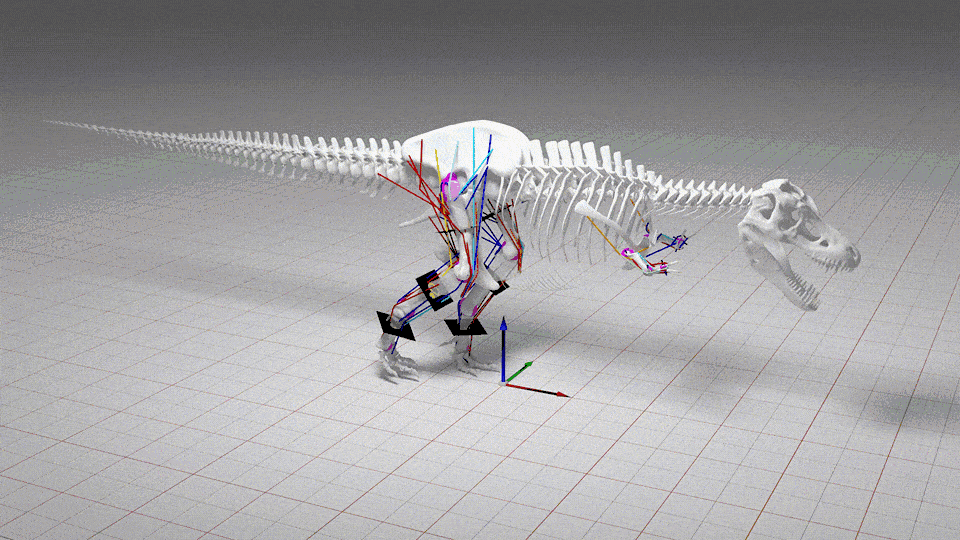Speed Demons of the Prehistoric World: Unraveling the Fastest Dinosaur Ever Recorded

Racing Through Prehistoric Landscapes: Uncovering the Speed Secrets of Dinosaurs
Imagine a world where massive prehistoric creatures thundered across ancient landscapes, their powerful legs propelling them at incredible speeds. Scientists have long been fascinated by the question: Just how fast could dinosaurs really run?
Paleontologists have pieced together remarkable clues about dinosaur locomotion through careful analysis of fossil evidence, footprint tracks, and advanced biomechanical studies. Some of the speediest contenders in the prehistoric world include the nimble Velociraptor and the legendary Tyrannosaurus rex.
Recent research suggests that smaller, lighter dinosaurs like the Compsognathus could have reached speeds up to 40 miles per hour - comparable to modern-day cheetahs. Larger predators like the T. rex, despite their massive size, were estimated to sprint at around 12-25 miles per hour, which would have been terrifyingly fast for their prey.
Fossil trackways provide crucial insights into dinosaur movement, revealing stride lengths and potential locomotion patterns. Advanced computer modeling and skeletal structure analysis have allowed researchers to estimate speed capabilities with increasing precision.
While we may never know the exact top speed of every dinosaur species, the ongoing research continues to paint a thrilling picture of these ancient creatures' remarkable athletic abilities. The prehistoric world was a dynamic arena of speed, survival, and prehistoric performance that continues to captivate our imagination.
